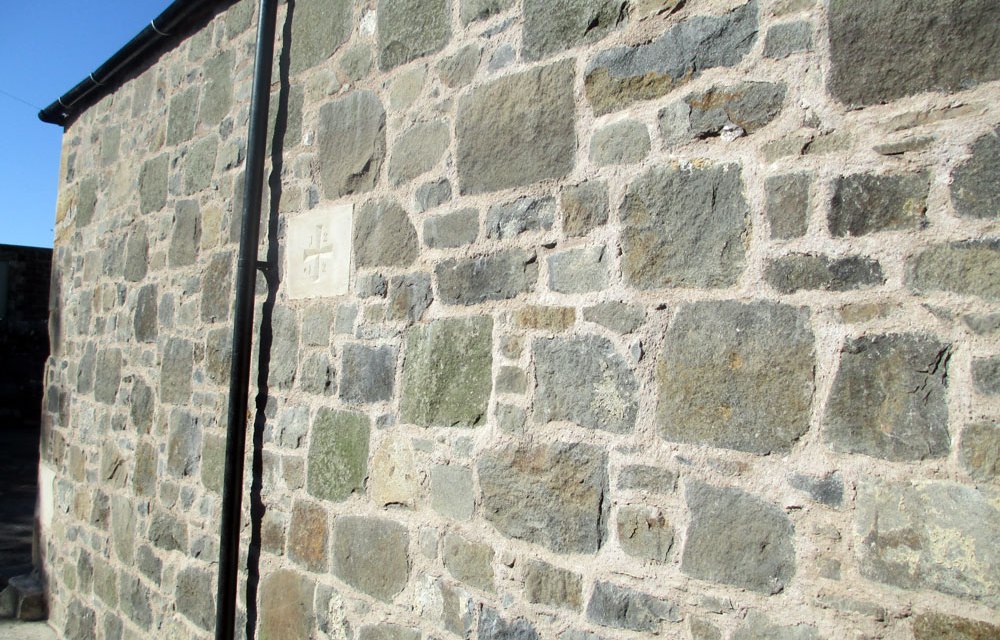Mixing lime with cement is a common practice in the construction industry. But have you ever wondered why it is done? In this blog post, we will explore the science behind this practice and why it is important.
Firstly, let's understand what lime and cement are. Lime is a calcium-based material that is made by heating limestone. It has been used in construction for thousands of years and is known for its ability to improve the workability and durability of mortar. Cement, on the other hand, is a binding material that is made by heating a mixture of limestone and clay. It is used to bind sand and aggregates together to form concrete.
So, why mix lime with cement? The answer lies in the properties of lime. Lime has a unique ability to chemically react with carbon dioxide in the air, a process known as carbonation. This reaction produces calcium carbonate, which is a hard and durable material. When lime is mixed with cement, it acts as a plasticizer, improving the workability of the mixture. It also helps to reduce shrinkage and cracking, which can occur as the concrete dries.
Another benefit of mixing lime with cement is that it can improve the durability of the concrete. Lime reacts with the calcium hydroxide in cement to form calcium silicate hydrate, which is a strong and durable material. This reaction also helps to fill any voids in the concrete, making it more resistant to water penetration and freeze-thaw cycles.
In addition to improving the durability of concrete, mixing lime with cement can also have environmental benefits. Lime is a natural material that is abundant and readily available. It is also recyclable and can be used as a soil stabilizer, reducing the need for new construction materials.
In conclusion, mixing lime with cement is a common practice in the construction industry for good reason. It improves the workability and durability of concrete, reduces shrinkage and cracking, and can have environmental benefits. By understanding the science behind this practice, we can make more informed decisions about the materials we use in construction.

